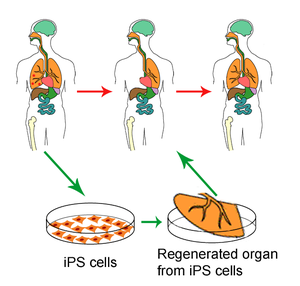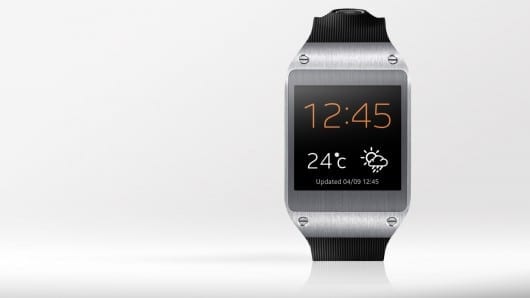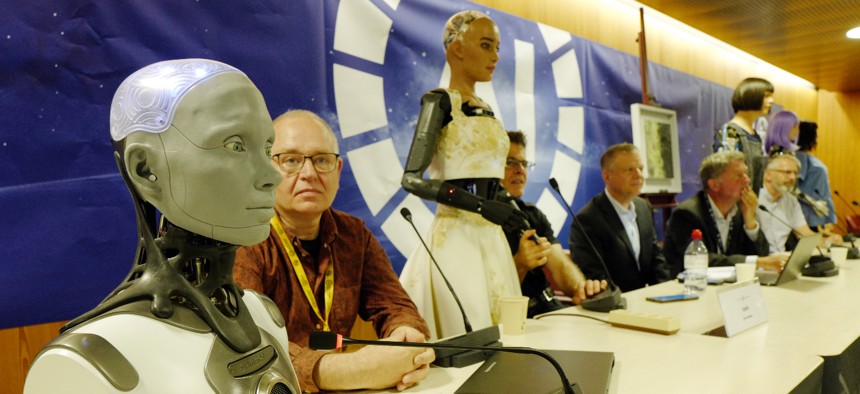It could take at least five to ten years before clinical trials could start
For the first time scientists have succeeded in taking skin cells from heart failure patients and reprogramming them to transform into healthy, new heart muscle cells that are capable of integrating with existing heart tissue.
The research, which is published online May 22 in the European Heart Journal, opens up the prospect of treating heart failure patients with their own, human-induced pluripotent stem cells (hiPSCs) to repair their damaged hearts. As the reprogrammed cells would be derived from the patients themselves, this could avoid the problem of the patients’ immune systems rejecting the cells as “foreign.” However, the researchers warn that there are a number of obstacles to overcome before it would be possible to use hiPSCs in humans in this way, and it could take at least five to ten years before clinical trials could start.
Recent advances in stem cell biology and tissue engineering have enabled researchers to consider ways of restoring and repairing damaged heart muscle with new cells, but a major problem has been the lack of good sources of human heart muscle cells and the problem of rejection by the immune system. Recent studies have shown that it is possible to derive hiPSCs from young and healthy people and that these are capable of transforming into heart cells. However, it has not been shown that hiPSCs could be obtained from elderly and diseased patients. In addition, until now researchers have not been able to show that heart cells created from hiPSCs could integrate with existing heart tissue.
via Science Daily
The Latest Streaming News: human-induced pluripotent stem cells updated minute-by-minute










